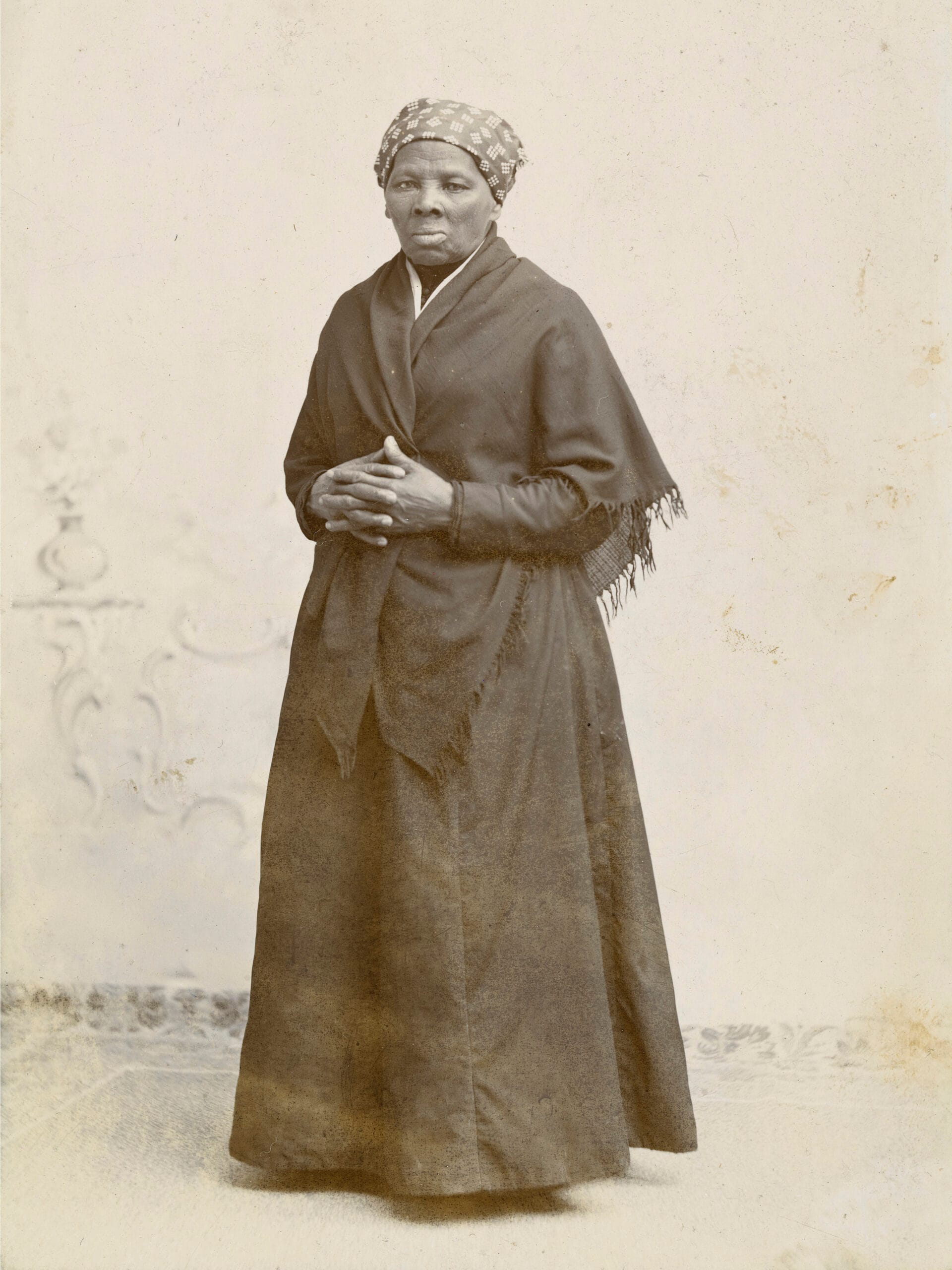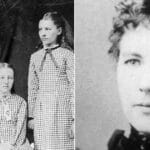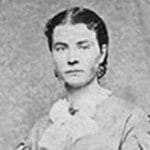While Harriet Tubman is an iconic figure in American history, surprisingly few verified photographs of her exist. This article delves into the rare images that offer a glimpse into the life of this remarkable woman who risked everything for freedom. We’ll explore their historical significance and the impact they have today.
The Elusive Images: A Glimpse into History
Pictures of Harriet Tubman are more than just photographs; they are portals to a pivotal era in American history. Each image, often carefully preserved in archives like the Library of Congress and the Smithsonian, provides valuable insight into the life of a woman who defied the constraints of slavery and became a beacon of hope for countless individuals seeking liberation.
The Iconic Portrait: A Legacy Etched in Time
The most recognizable photograph of Harriet Tubman depicts her in later years, seated thoughtfully in a rocking chair. This powerful image, now residing in the Library of Congress, has become synonymous with Tubman’s unwavering strength and resilience. Its widespread use in textbooks and historical accounts has cemented its place as the definitive portrait of this remarkable woman.
New Discoveries, Shifting Perspectives
The search for photographs of Harriet Tubman is an ongoing pursuit, and recent years have yielded exciting discoveries. In 2021, the Smithsonian Institution acquired a previously unknown photograph of Tubman, taken when she was in her 40s. This image offers a fresh perspective on her appearance, allowing us to see Tubman as a woman in the prime of her life, actively engaged in her fight for freedom.
Beyond the Lens: Artistic Representations of Courage
While photographs of Harriet Tubman are limited, her likeness has been captured and celebrated through various artistic mediums. Paintings, such as the one by African American artist Robert S. Pious based on a photograph from the Elizabeth Smith Miller and Anne Fitzhugh Miller scrapbooks, offer different interpretations of her appearance. Murals in cities across the country serve as vibrant reminders of her enduring legacy, ensuring that her story continues to inspire generations to come.
The Power of Images: Shaping Perception, Inspiring Change
The scarcity of photographs of Harriet Tubman adds to their significance, making each image a valuable tool for understanding her life and the impact of her work. These photographs not only provide a glimpse into the past but also serve as powerful symbols of resilience, courage, and the ongoing struggle for equality. They remind us that even in the face of immense adversity, one person’s determination can spark extraordinary change.
What Were Harriet Tubman’s Last Words?
As Harriet Tubman’s incredible life drew to a close on March 10, 1913, she is believed to have uttered these poignant words: “Give my love to all the churches,” and, “I go to prepare a place for you.” These statements, passed down through history and attributed to her final moments, offer a glimpse into the depth of her faith and the unwavering belief in a better world that guided her actions.
The phrase “I go to prepare a place for you” resonates deeply with Christian teachings, echoing the words of Jesus in John 14:2. This connection suggests a parallel between Tubman’s earthly mission of guiding enslaved people to freedom and the promise of eternal salvation.
While we cannot be absolutely certain these were her very last words, they hold a powerful significance for those who admire her unwavering commitment to justice and equality. Harriet Tubman’s legacy extends far beyond the physical act of leading people to freedom; it serves as a timeless reminder that we all have a role to play in creating a more just and compassionate world.
How Old Would Harriet Tubman Be Today?
Born around 1822, Harriet Tubman would be celebrating her 201st birthday in 2023. Her extraordinary life, spanning from the horrors of slavery to the triumphs of the Underground Railroad and the fight for women’s suffrage, continues to captivate and inspire people around the world.
Imagine the world she witnessed – a world where slavery was a harsh reality, and freedom was a distant dream for many. Tubman not only escaped this brutal system in 1849 but dedicated her life to helping others do the same. As a conductor on the Underground Railroad, she risked her own safety countless times, guiding over 300 enslaved individuals to freedom in the North.
Tubman’s courage extended beyond the Underground Railroad. During the Civil War, she served as a spy, scout, and nurse for the Union Army, demonstrating her unwavering commitment to the cause of freedom for all. And as if her accomplishments on the battlefield weren’t enough, Tubman became a powerful voice in the movement for women’s suffrage, believing that everyone deserved an equal voice in shaping the future.
The recent discovery of a photograph depicting Tubman in her 40s provides a new perspective on this remarkable woman’s life. It allows us to envision her not just as the iconic figure we see in her later portraits but as a woman of action, actively shaping the course of history.
Where is Harriet Tubman Buried?
Harriet Tubman’s final resting place is in Auburn, New York, at Fort Hill Cemetery. Her grave, marked by a simple granite headstone inscribed “Harriet Tubman Davis” (her married name after wedding Nelson Davis), stands as a testament to her enduring impact on the fight for freedom and equality. This site serves as a place of pilgrimage for those who seek to honor her memory and draw inspiration from her extraordinary life.
Want to learn more about powerful women in history? Check out our article on pictures of Griselda Blanco and discover her captivating story. Alternatively, dive deeper into the tragic case of Ron Goldman and the details surrounding his death in our Ron Goldman autopsy article.
















